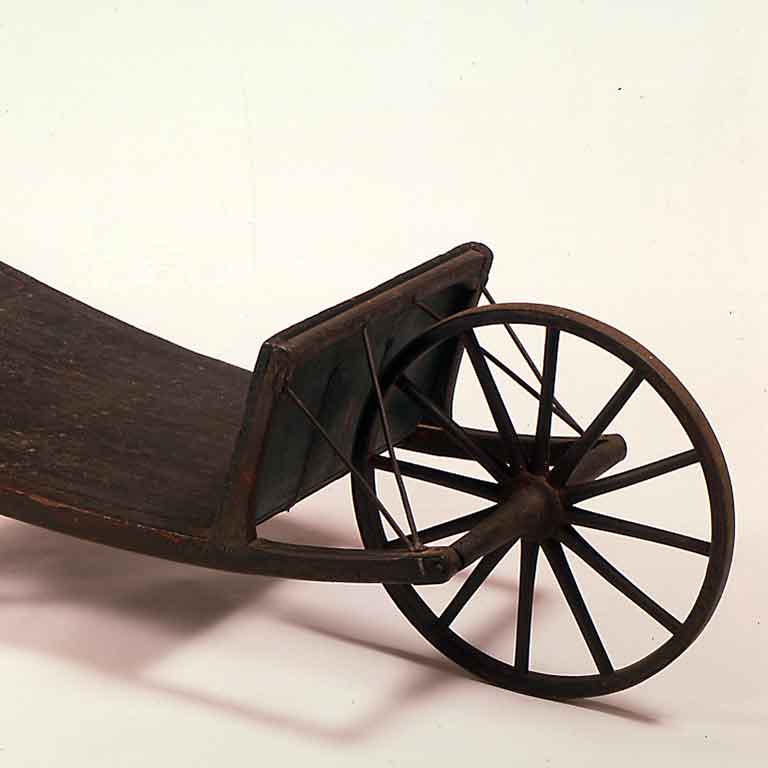Founded in 1787, Mount Lebanon was the first official community organized by the Shakers and was the leader in administrative and spiritual matters for all the Shaker communities that emerged throughout New England and south and west into Kentucky, Ohio, and Florida. Its community planning, architecture, commercial and industrial endeavors, as well as its spiritual practices, became models for the other Shaker villages. At its peak in the mid-19th century, Mount Lebanon spanned over 6,000 acres and around 600 people lived and worked in hundreds of buildings. Within this central community the Shakers developed their progressive ideas on gender equality, racial equality, pacifism, communal property, the value of labor, and sustainability. They also established the now famous Shaker aesthetic of simplicity, expressed in their objects, furniture, buildings, and village planning.
Shaker communities were divided into families, typically made up of 50-100 men, women, and children. Families were self-sustaining, with their own communal laundries, kitchen gardens, agricultural operations, commercial industries, classrooms, and dwellings. The North Family was established ca. 1800 and served as a conduit between “the World” and the more cloistered Church, Center, South, Upper and Lower Canaan, Second, and East Families. Shakers at the North Family worked to attract new members by holding a public worship each Sunday, publishing theological books and tracts, and attending gatherings in the World where there might be an opening to proselytize about their faith and life. Visitors to Mount Lebanon and new converts were welcomed at the North Family, where they learned the day-to-day practices of Shaker life as well as its spiritual underpinnings.
When the seven remaining Shakers left the North Family in 1947, Mount Lebanon was closed and the last Shaker family in New York State ceased to exist.
Today visitors to the North Family will find 10 original Shaker buildings on 91 acres. Visitors are welcome year-round, weather permitting, to stroll the grounds, hike the North Pasture trail, or have a picnic in the meadow.
Mount Lebanon was named a National Historic Landmark in 1965, and was recognized by the World Monuments Fund in both 2004 and 2006 as one of the 100 most significant endangered historic sites in the world. Restoration work is ongoing at Mount Lebanon while the museum continues to develop and expand public programs at the historic site.
Isaac Newton Youngs
